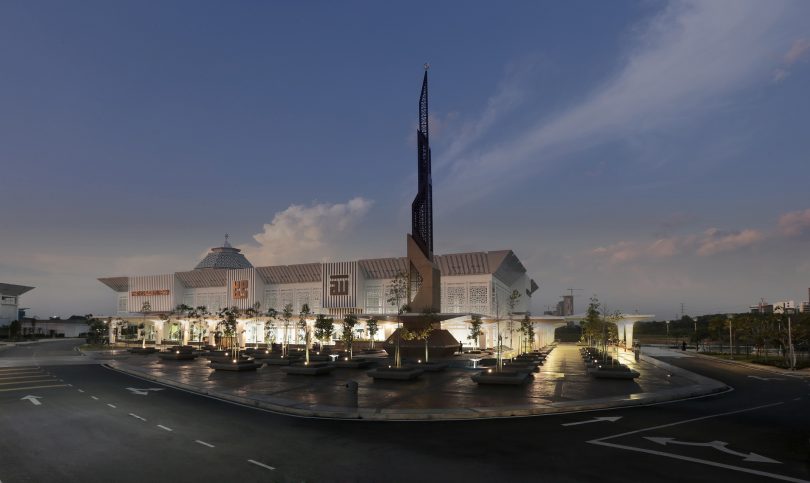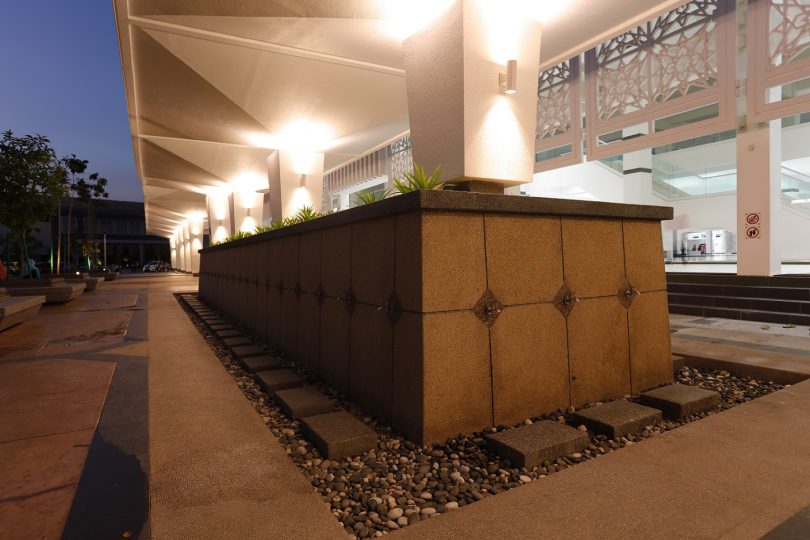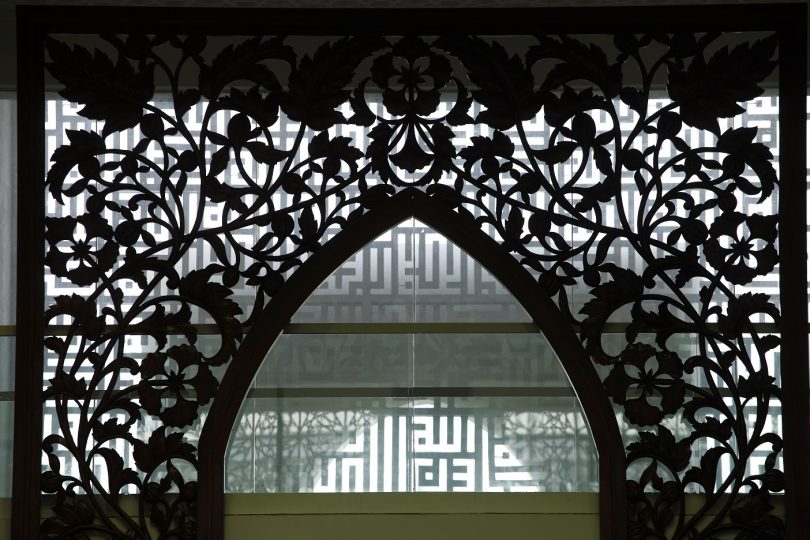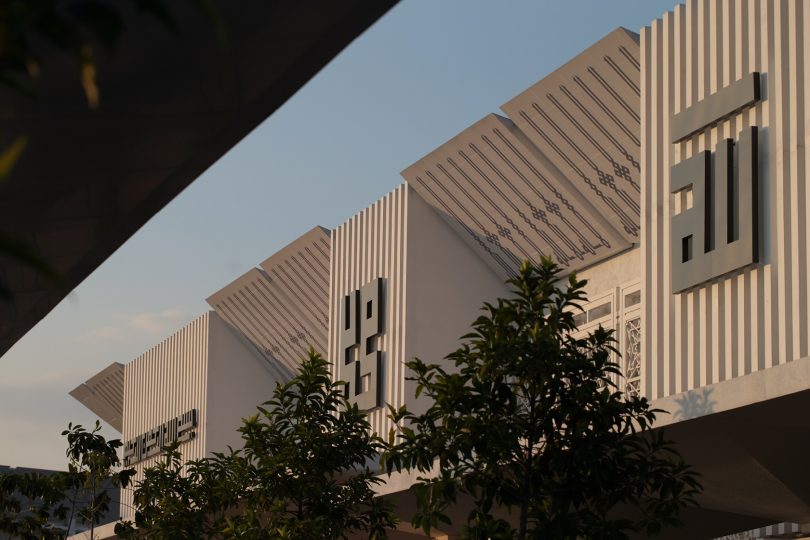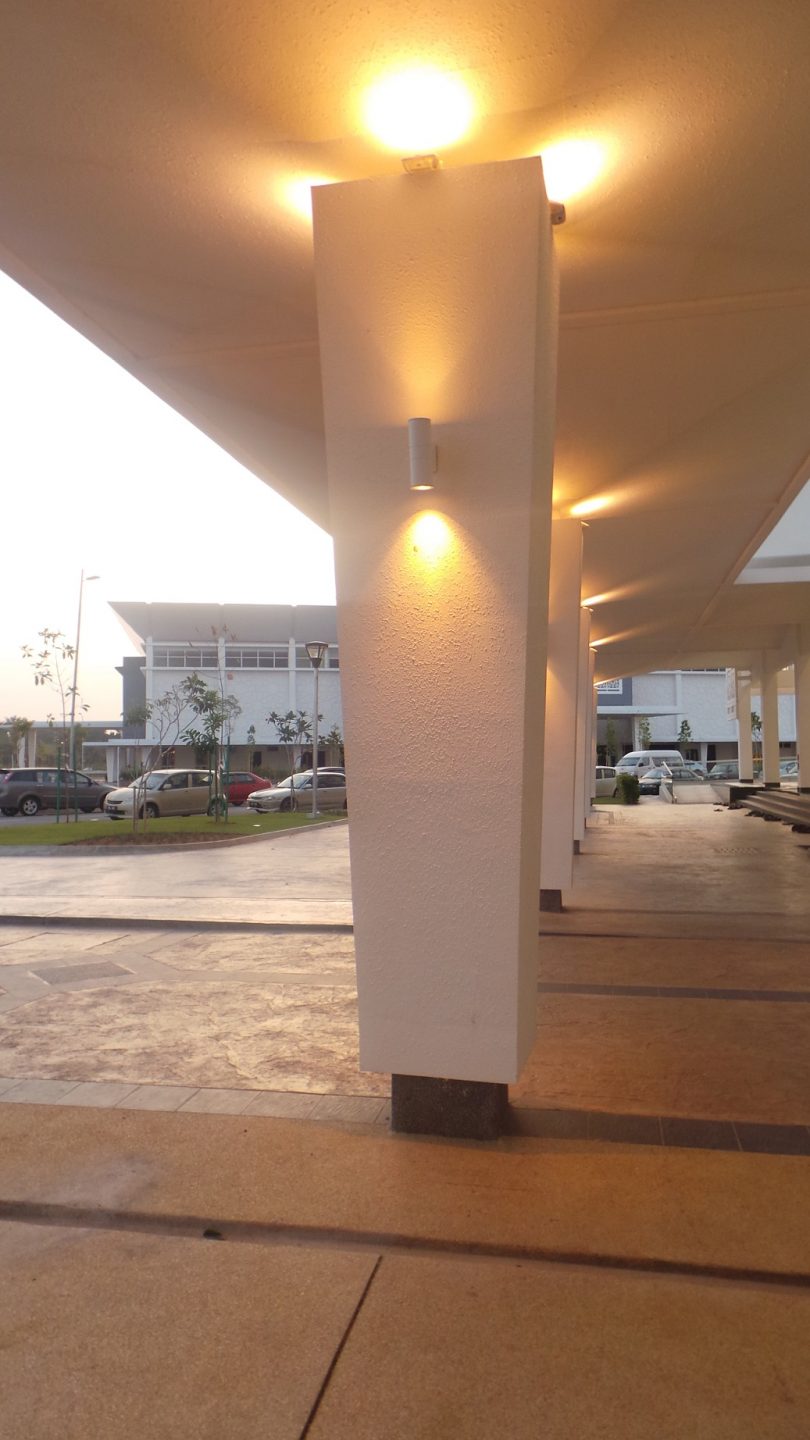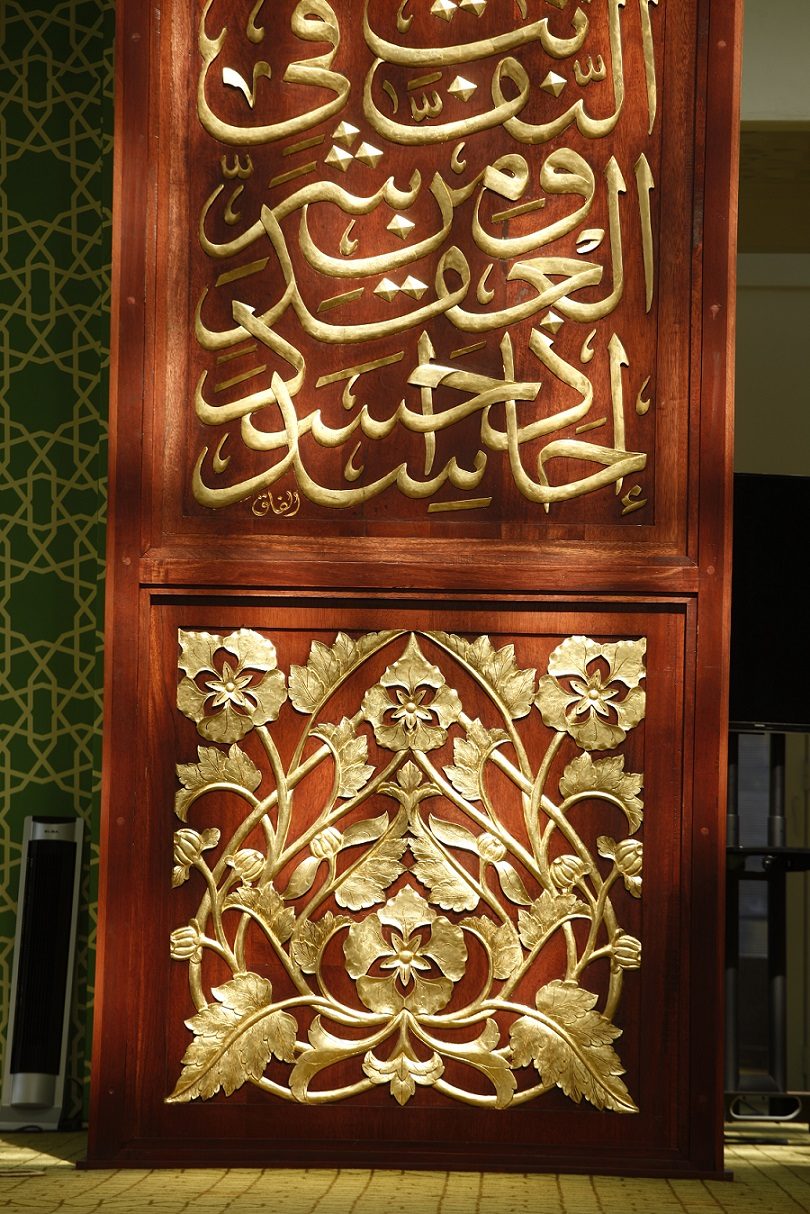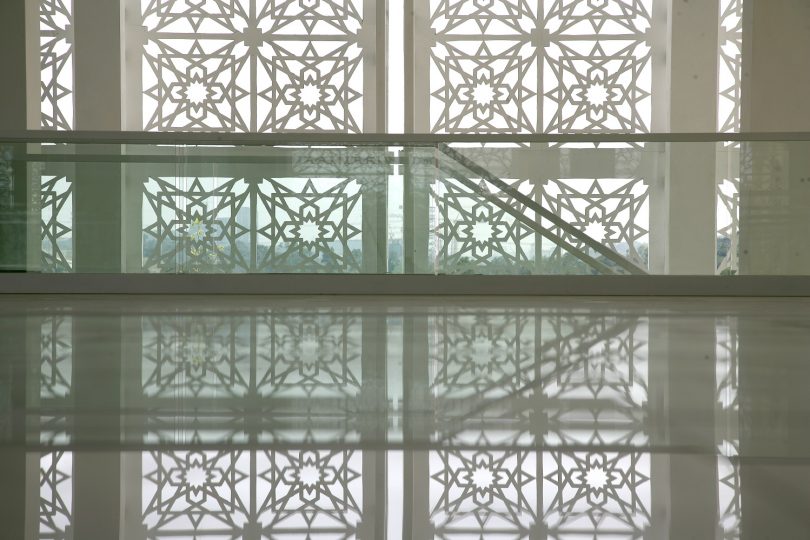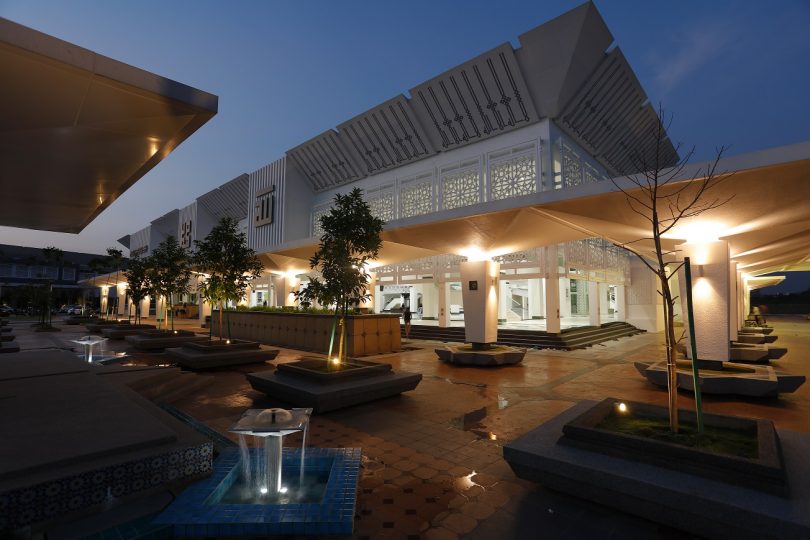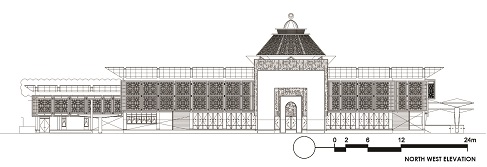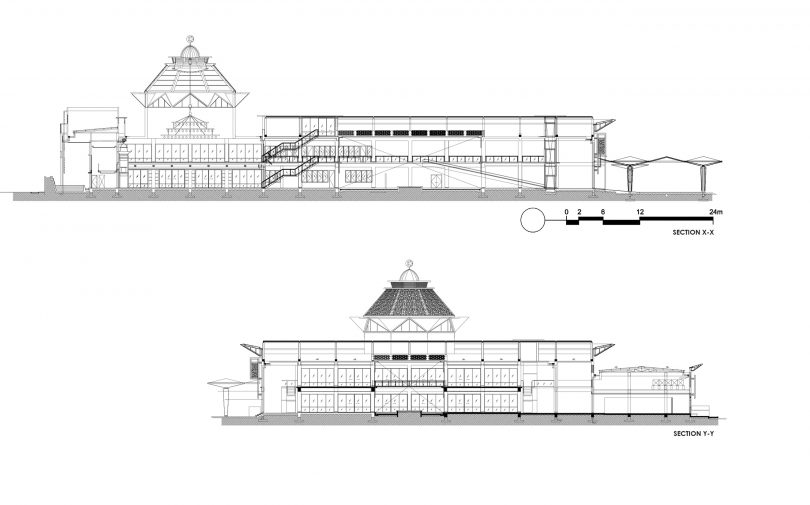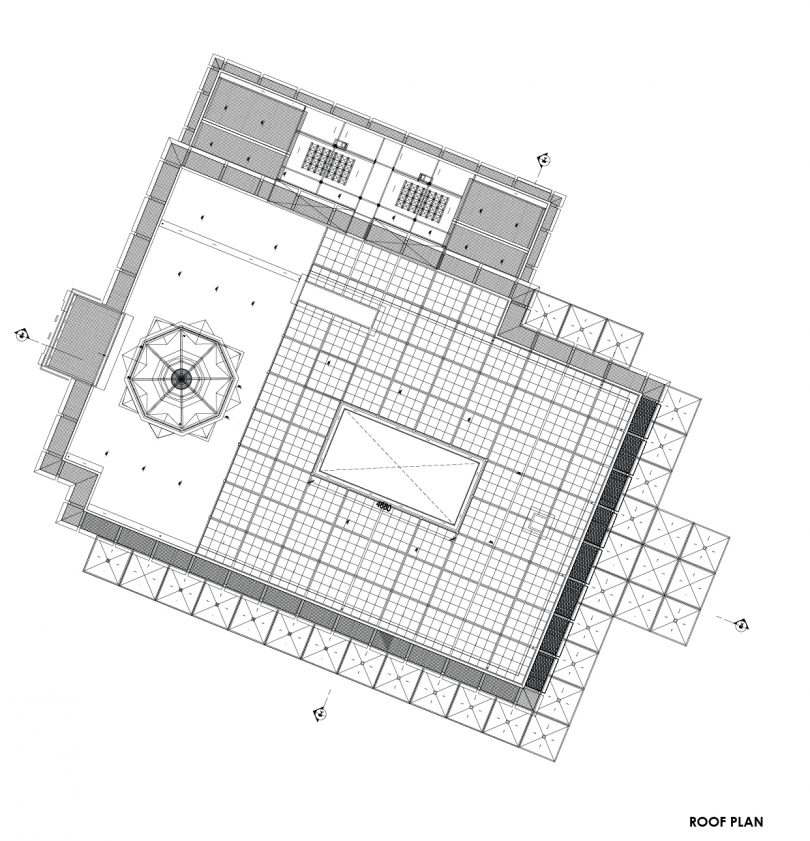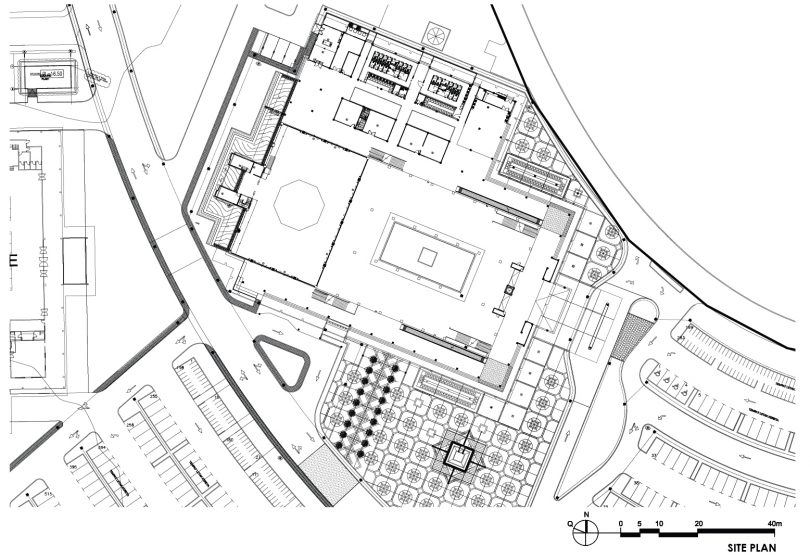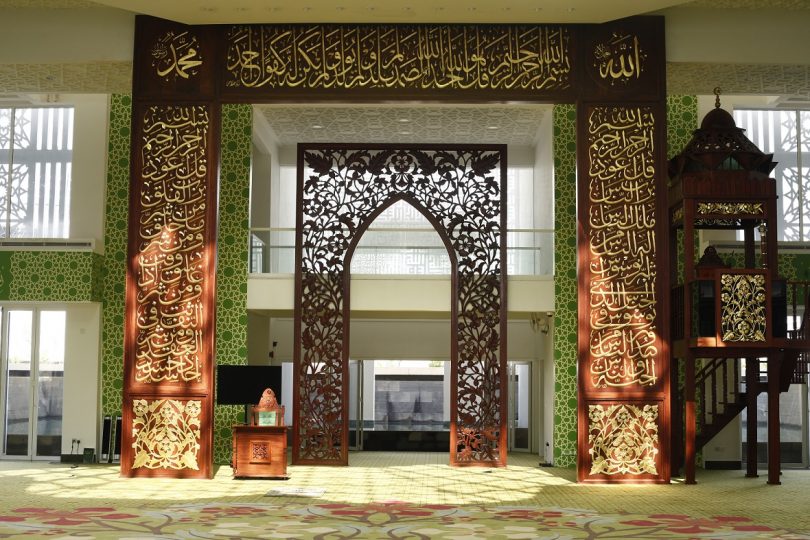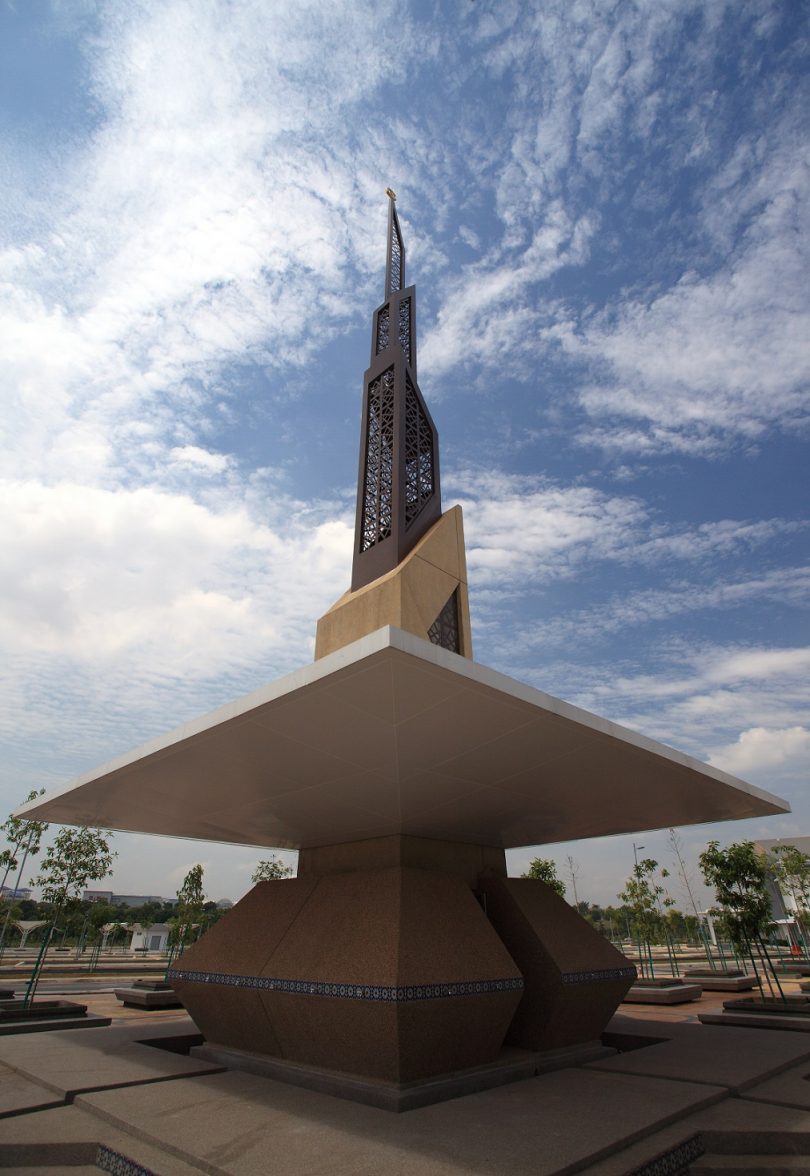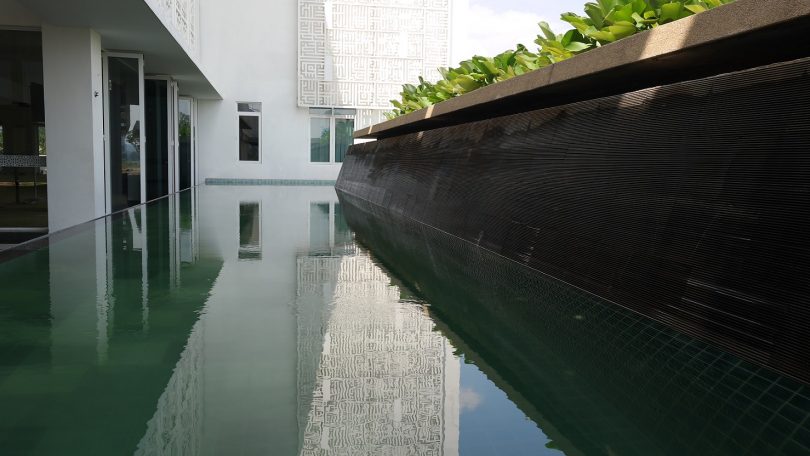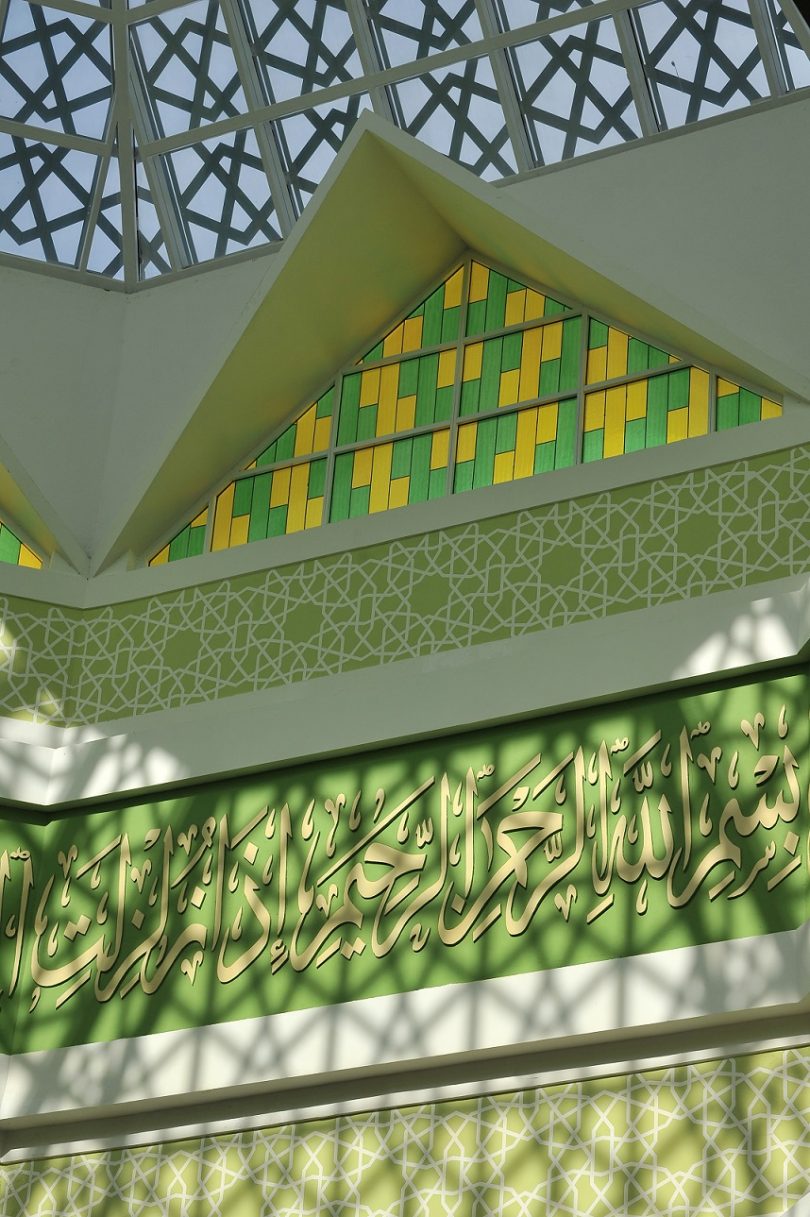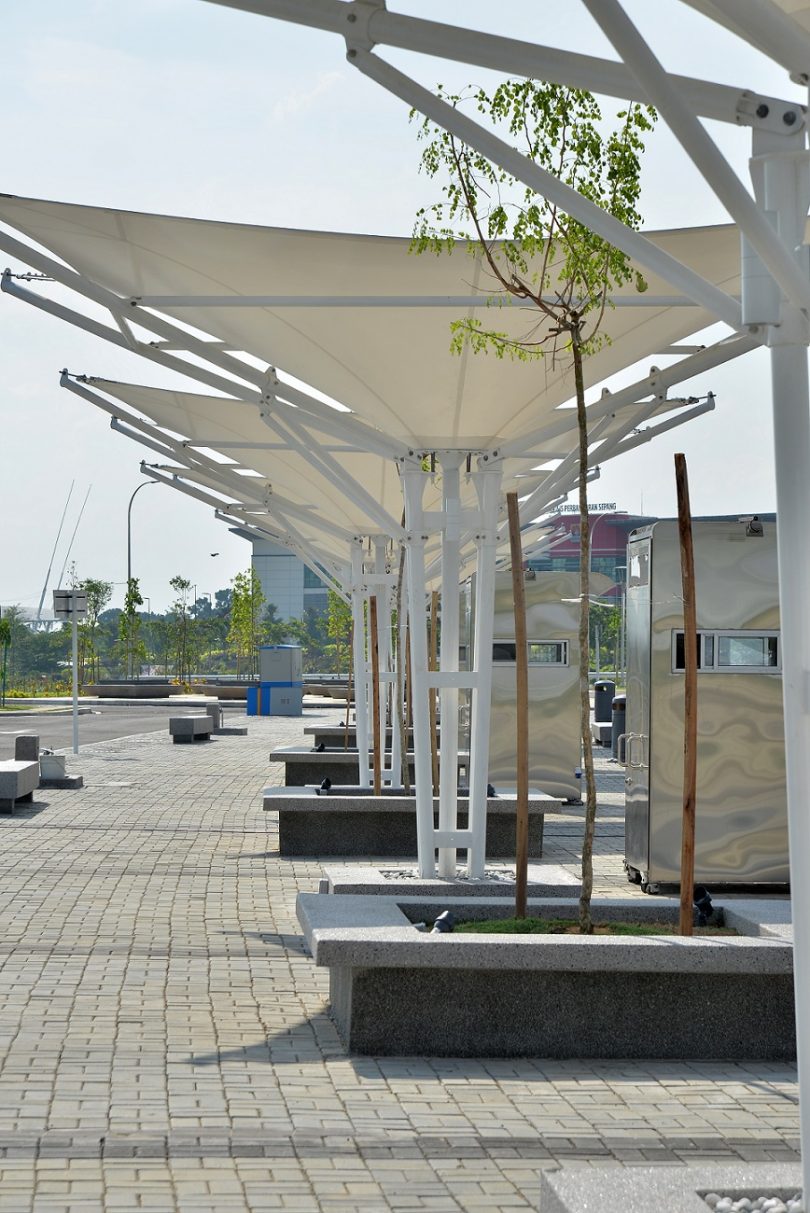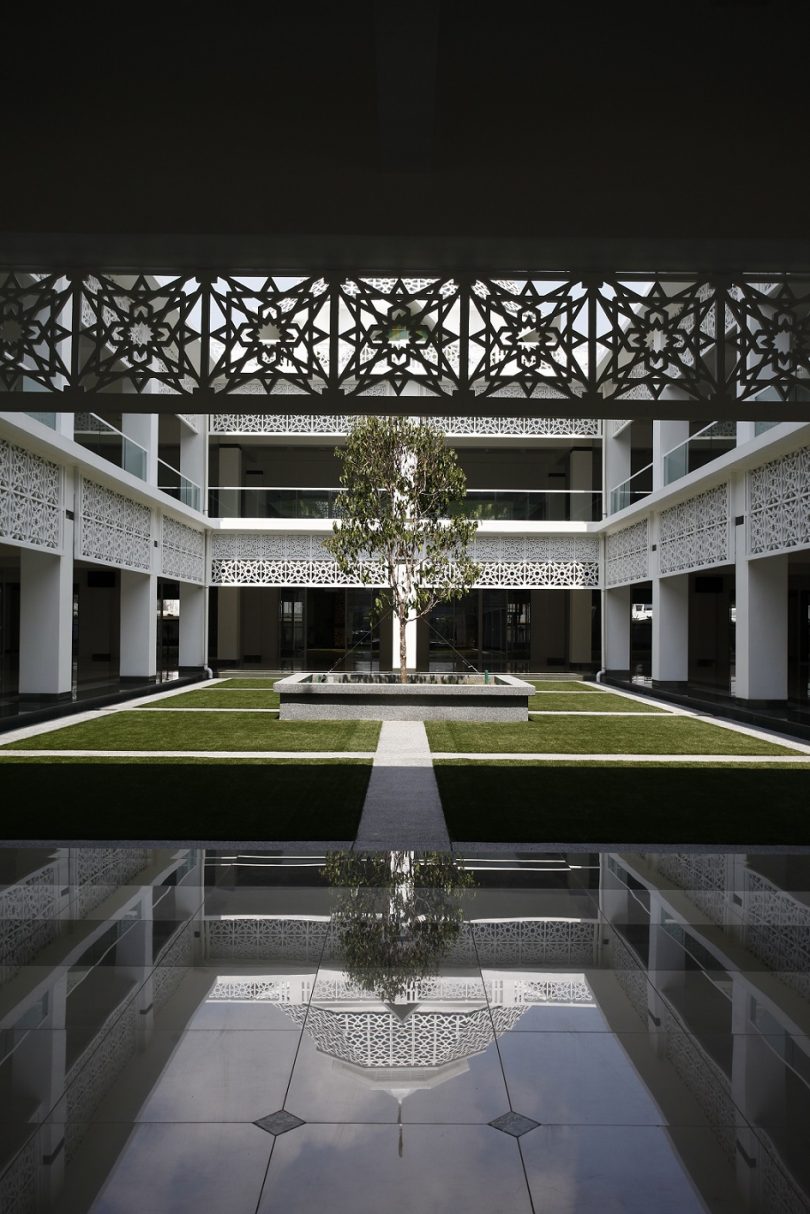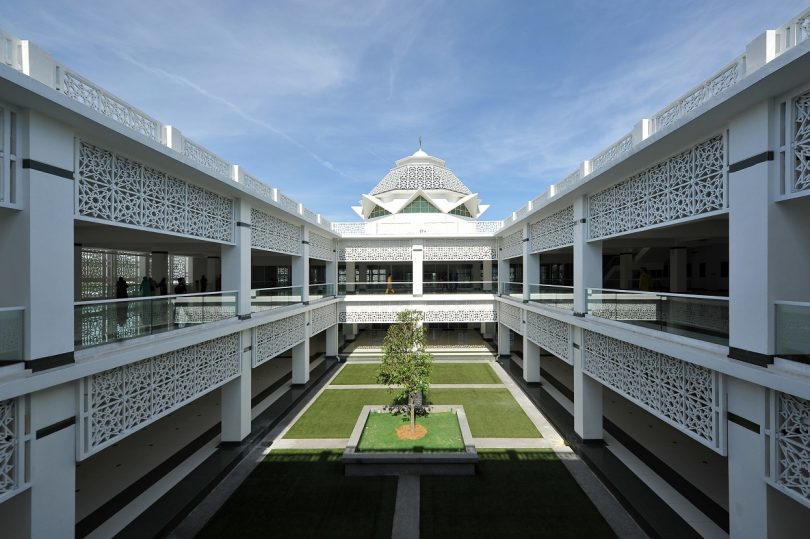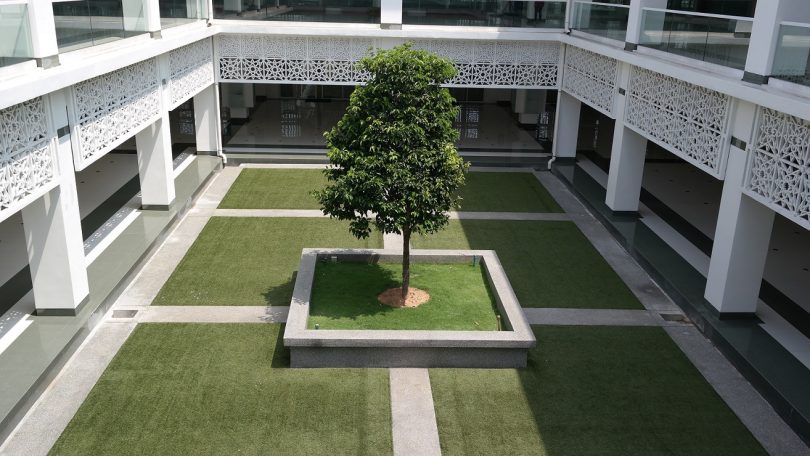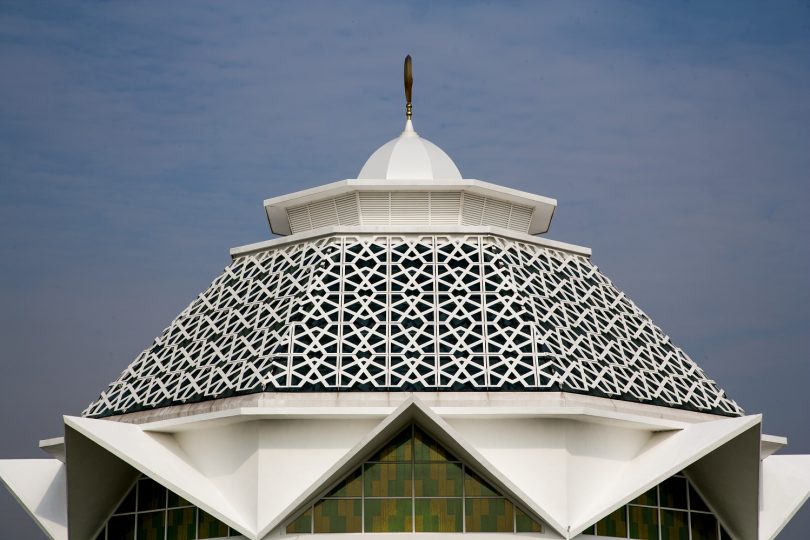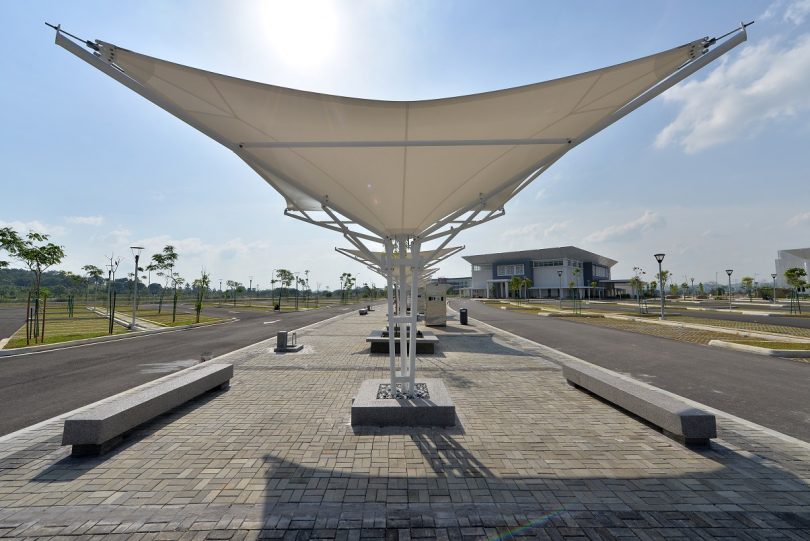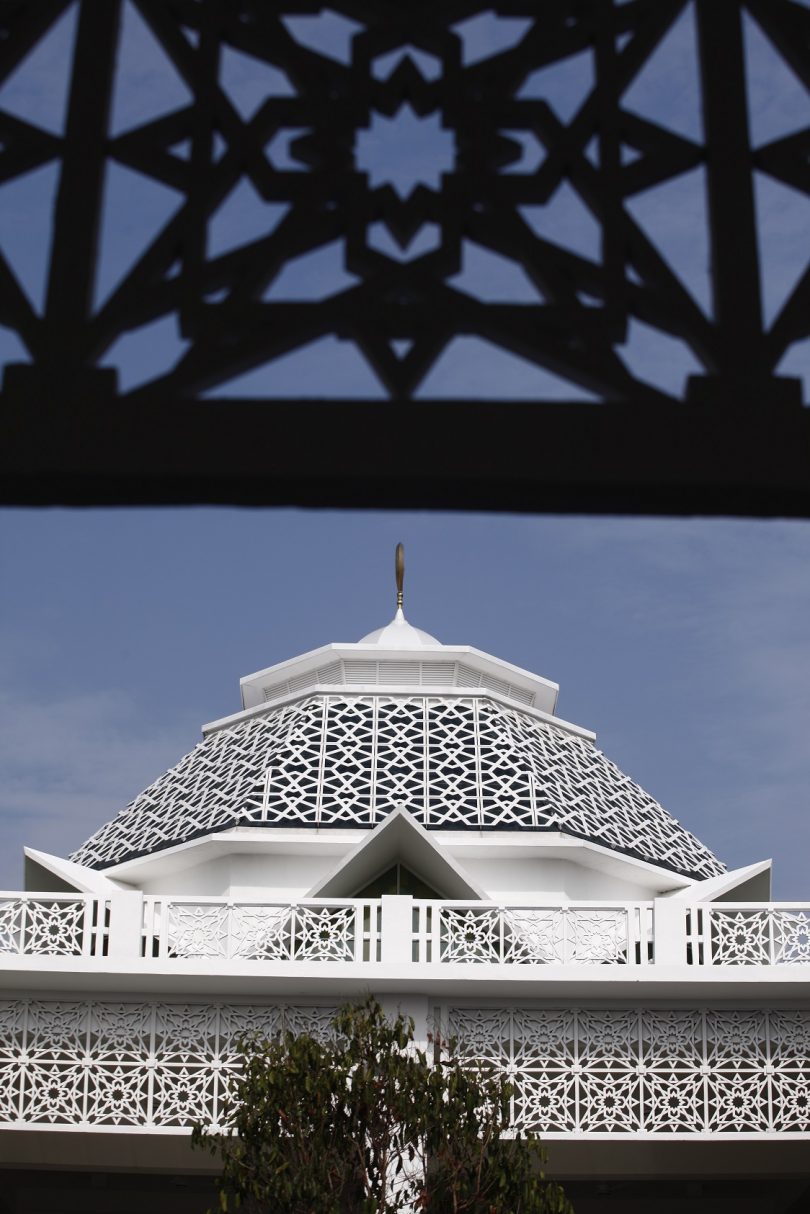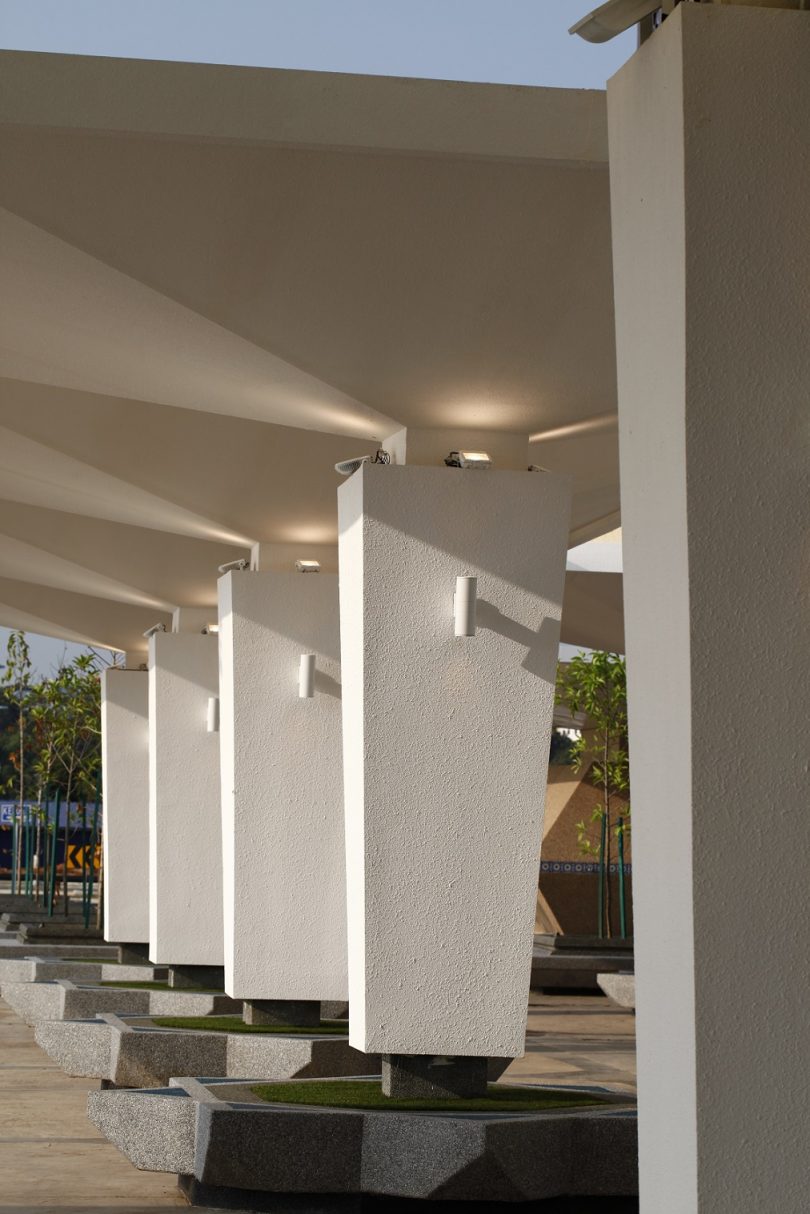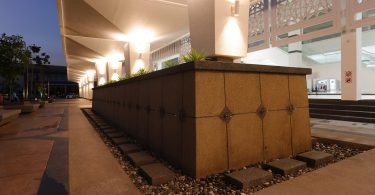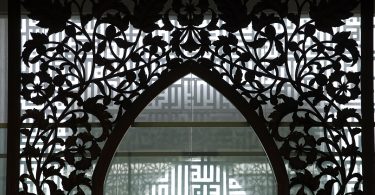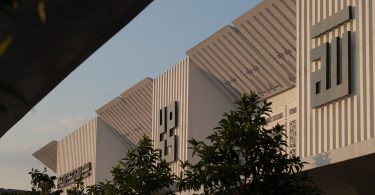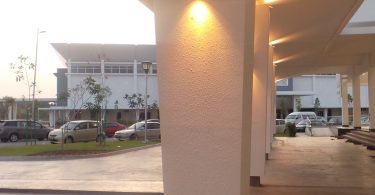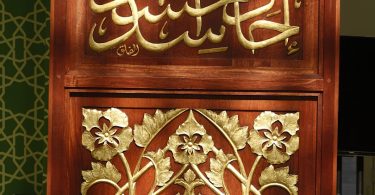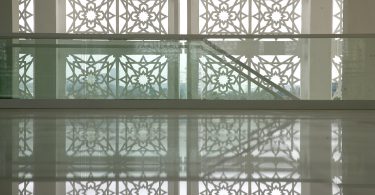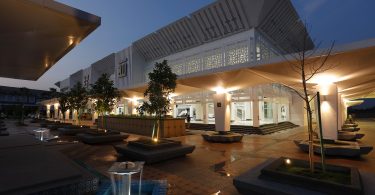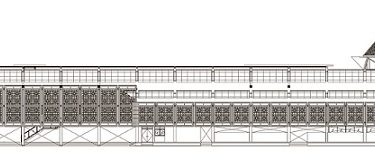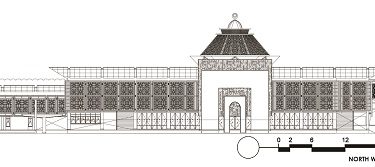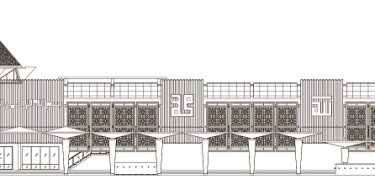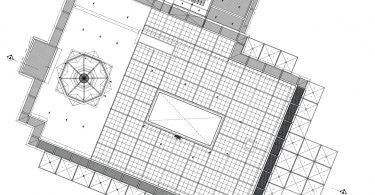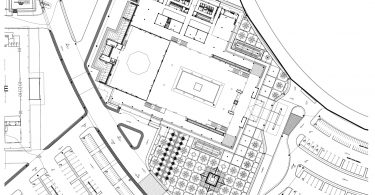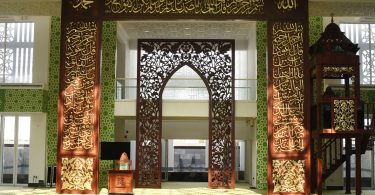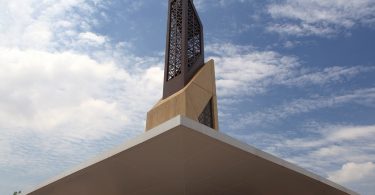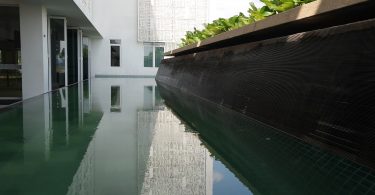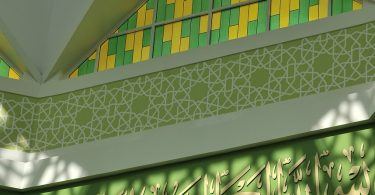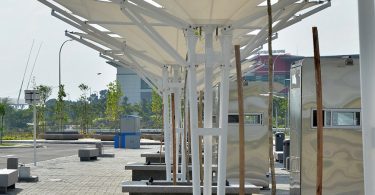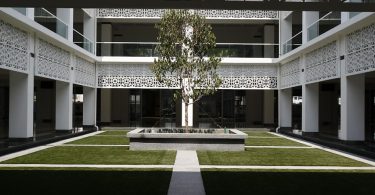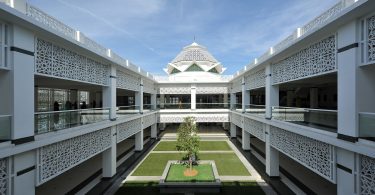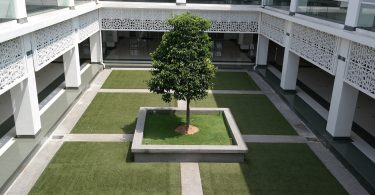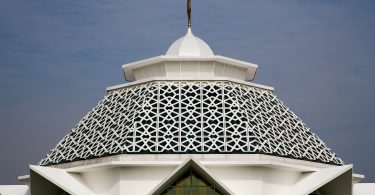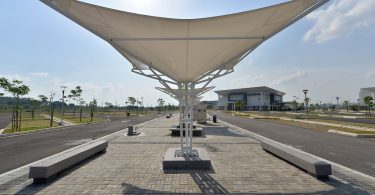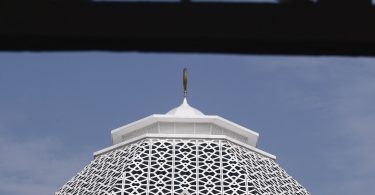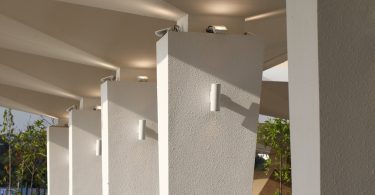Situated on a 100-acre site, the mosque, with a capacity of up to 8,300 people, is part of the Universiti Islam Malaysia (UIM) campus.
Reflecting modern Malaysian mosque architecture, its layout is based on a pending, or the royal belt buckle, inspired by the bespoke design of the National Mosque in Kuala Lumpur that was completed in 1965. Traditional local Malay wood carving elements from Besut, Terengganu, have been incorporated into the mosque’s mihrab and mimbar designs, featuring Semarak Api floral pattern and Quranic calligraphy.
Completed in 2015, the mosque was designed by ATSA Architects as a sustainable building, in line with Cyberjaya’s vision of a green city. Adhering to the Platinum rating of the Green Building Index (GBI) standard, the building incorporated recyclable materials and energy-efficient equipment to minimise energy use and maintenance costs.
The dome in the main prayer hall is made of two layers of low-E glass panels with metal shading device. The arabesque pattern of glass reinforced concrete for the walls acts as both ventilator blocks and shading devices. This is also one of the first mosques in the world to use solar panels to generate electricity, with a feed-in tariff scheme.
Apart from two hours of air-conditioning during Friday prayers and on other special occasions, fans and ventilators are used to sustain an average daytime temperature of 26 degrees Celsius within the mosque’s main prayer hall. A cascading wall fountain acts as a cooling agent that helps to cool the main prayer hall whenever glass doors are opened to allow for ventilation, as well as a soothing therapeutic source.
A canopy structure is erected on the front and side of the mosque building as a shading structure with seating space beneath it. A large central courtyard with a tall signature tree is situated before the main prayer hall to facilitate natural ventilation and lighting to the upper floors.
LED lights and low-energy lights are used during night time, with light sensors that turn off the lights automatically when not in use. A water harvesting system has been integrated into the building for landscape irrigation and sewage use.
The design also leaves space for future development, such as a playground, so it can function as a community centre as well. Its large parking area can also be used for bazaars. — Construction+ Online
PROJECT DATA
Project Name: Masjid Raja Haji Fi Sabilillah, Cyberjaya
Location: Cyberjaya, Selangor, Malaysia
Completion Date: November 2015
Site Area: 70,819.99 square metres
Gross Floor Area: 11,158.36 square metres
Building Height: 2 storeys
Client/Owner: Jabatan Agama Islam Selangor; Cyberview Sdn Bhd
Architecture Firm: ATSA Architects Sdn Bhd
Principal Architect: Ar Azim A. Aziz
Interior Design Firm: ATSA Architects Sdn Bhd
Principal Designer: Ar Azim A. Aziz
Civil & Structural Engineer: Ingeniur Bersekutu
Mechanical & Electrical Engineer: Saga Jurutera Perunding Sdn Bhd
Quantity Surveyor: Perunding Kos Putera Sdn Bhd
Landscape Architect: ATSA Architects Sdn Bhd
Green Building Consultant: Confreth (M) Sdn Bhd
Main Contractor: Koridor Padu Sdn Bhd
Images: Din Arshad | ATSA Architects Sdn Bhd

 Hong Kong
Hong Kong Singapore
Singapore Indonesia
Indonesia Tiếng Việt
Tiếng Việt ประเทศไทย
ประเทศไทย

